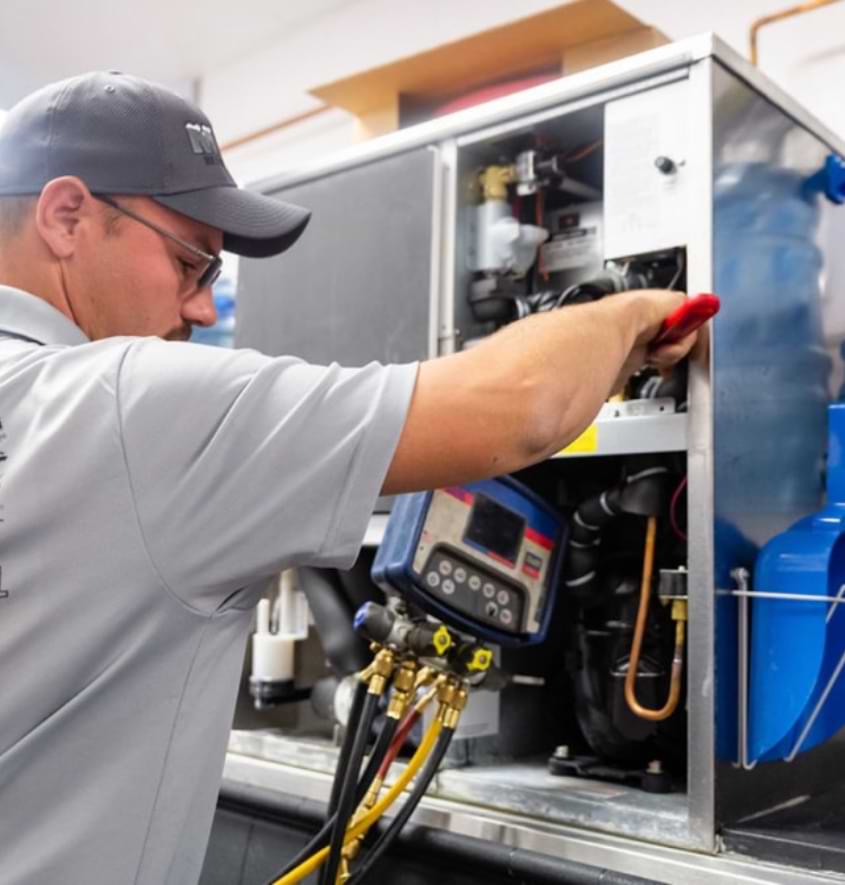
1. Power Supply: Check if the refrigerator is plugged in and the power outlet is working. Inspect for any tripped breakers or blown fuses.
2. Temperature Settings: Ensure that the thermostat is set correctly. Commercial fridges typically need to be colder than residential ones, usually around 35°F (1.6°C) for the refrigerator and -10°F (-23°C) for the freezer.
3. Condenser Coils: Clean the condenser coils, which are often located at the back or underneath. Dust and dirt buildup can impair cooling efficiency. Use a vacuum or brush to remove debris.
4. Door Seals: Inspect door seals for cracks or damage. Proper sealing is crucial for maintaining temperature. Clean the seals and replace them if they are compromised.
5. Defrosting: Excessive ice buildup can block airflow and reduce cooling. Defrost the unit if necessary and check the defrost system for malfunctions.
6. Evaporator Fan and Compressor: Ensure the evaporator fan is circulating air properly and the compressor is running smoothly. Unusual noises may indicate problems.
Check for Blockages: Ensure there are no obstructions inside the fridge or around the vents that could impede air circulation.